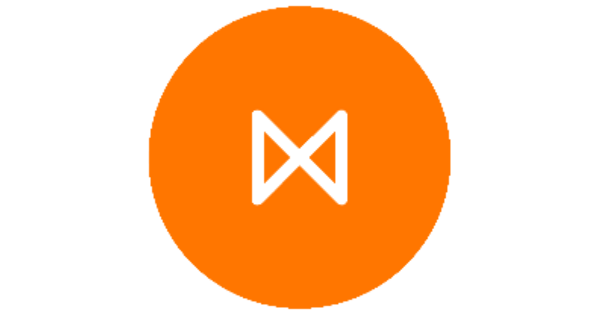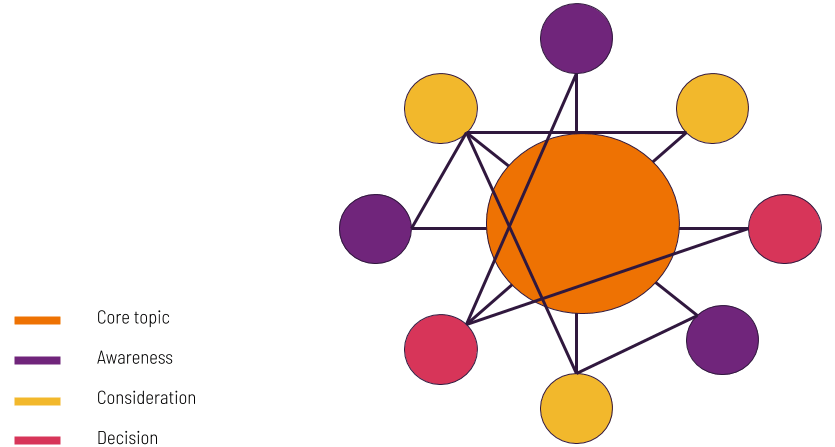Social media-related jargon can be confusing, but understanding terms like engagement, reach, and impressions can help you grow your business. Let’s look at the term ‘engagement rate’ and some strategies to increase yours.
What is an engagement rate?
The engagement rate is the metric used to measure the level of engagement created from a social media post or campaign. It’s a quick and simple snapshot of the effectiveness of your content. There are two types of engagement rates:
- Public engagement rate: refers to the level of engagement from followers who engage with a post. That is the number of engagements divided by your followers.

- Private engagement rate: refers to the engagement of particular posts, that is the number of engagements divided by the reach (the number of accounts served with that content).

Table of Contents
ToggleEngagement is measured differently across different platforms
Each social media platform has varying response cues and ways people can interact with the content. It makes sense, then, that the engagement rate is gauged differently across different platforms.
- Facebook: Likes, comments, clicks, and shares that occur on a single post or ad campaign.
- Instagram: Likes, comments, forwards via DM (direct message), and saved posts. On Instagram, accounts with high engagement rates typically get boosted by the algorithm, which is why focusing on the engagement rate is essential when it comes to exposure.
- Twitter: The number of times followers interact with your tweet. This can include retweets, replies, follows, likes, hashtags, and clicks to your profile through a tweet. The engagement rate on Twitter can be easily calculated by dividing the number of engagements by the number of impressions.
- YouTube: Measured by users interacting with your YouTube videos or your YouTube page. On YouTube, the most important and weighty actions are comments. When a user comments on your videos, you’ll be able to gain an understanding of how they feel toward your content and tailor your future content accordingly.
Why is engagement so important?

Engagement rates are a signal that the content you are posting is valuable to your followers. Not only does a high engagement rate look good to prospective followers, it becomes a self-fulfilling prophecy. High engagement leads the algorithm to favor your content, which can expose you to more of your audience, and new audiences.
Here are five tips to increase your engagement rate:
- Get to know your audience on each platform
Study the analytics on each social media platform to gain an understanding of who your audience is. When you know who you are talking to it is easier to tailor content to them that resonates.
- Show some personality
Potential customers want to know that there’s a human running your business’s social media accounts and not a robot. You can show this by signing off with your name on social posts, avoiding canned and automated responses when a customer reaches out, responding to comments with warmth and humor, and showing pictures of your team on your accounts.
- Schedule your posts at optimal times
Posting content at the time your users are most likely to engage with it is one of the most effective ways to crack the algorithms. Metigy uses AI to guide you on the best time to post.
- Create valuable, meaningful content
When it comes to content, it’s important to focus on quality over quantity. Aim to create content that will connect with your audience and spark conversation.
- Track your engagement
If you don’t track your progress, how do you know if you’ve succeeded? Tools like Metigy offer robust analytics and customizable reporting so you can track your engagement (and other metrics). When you see the peaks and troughs of engagement, you can then optimize your content.
Engagement Rates: In summary
Posting content is one thing but it’s extremely important to assess the performance of what you put out there. Is your content valuable? Is it engaging? Would it be worth posting more content like this? Engagement rates are a great way for you to assess how your posts are performing and if you should create additional content related to their themes. You can read more on engagement rates and other important metrics, through our social status report here.









